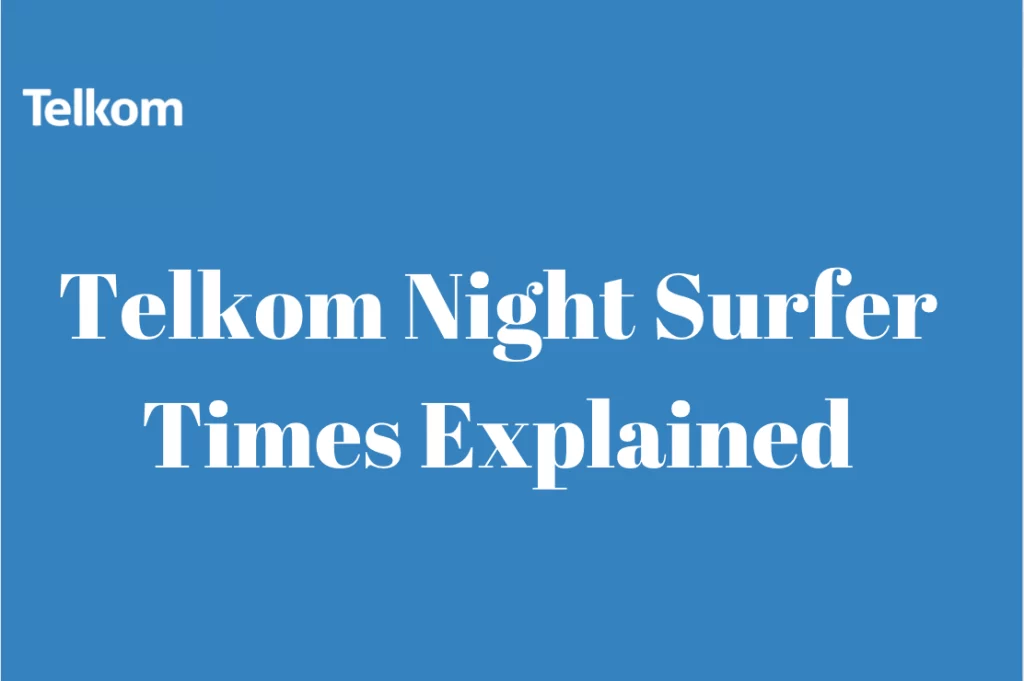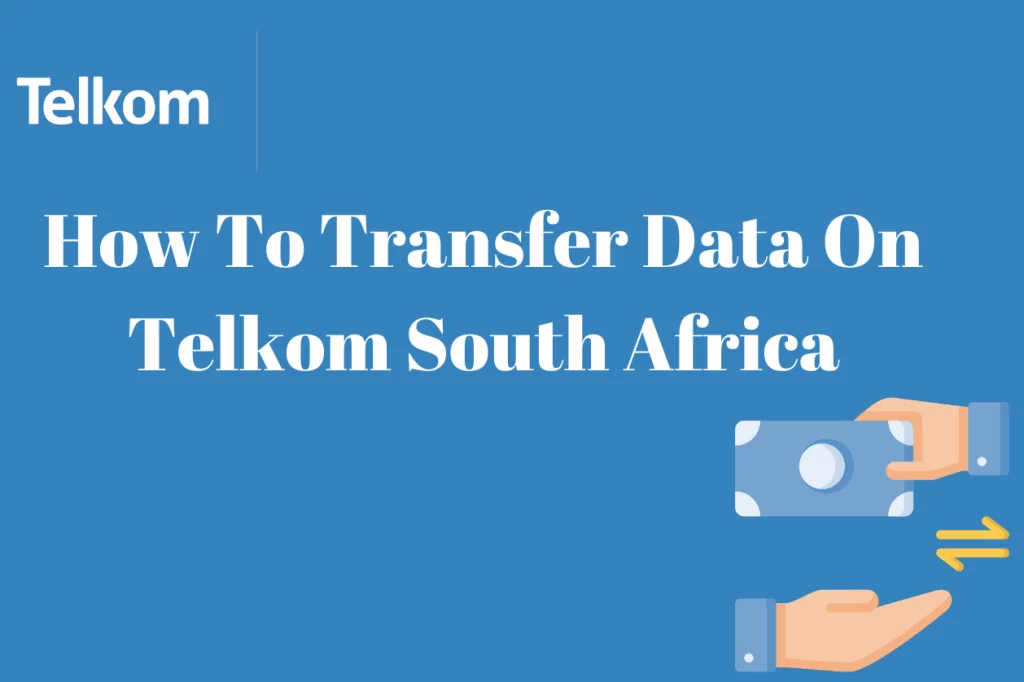How Telkom’s Coverage Map Can Improve Your Network Experience – With Telkom’s Coverage Map, you may now enjoy a better network experience. For seamless communication, productivity, and pleasure in today’s connected world, having a solid network is crucial. With the use of Telkom’s Coverage Map, you can investigate and comprehend the breadth of the company’s network coverage in your neighborhood and beyond. You may choose your internet and mobile services wisely and stay connected wherever you go with the help of comprehensive and current information. Find out how Telkom’s Coverage Map can improve your network experience and keep you connected in the digital age.
Understanding The Concept Of Dead Zones And Network Coverage
A dead zone (sometimes known as a “Wi-Fi dead zone”) is a section of a wireless LAN environment where Wi-Fi does not operate, frequently because of radio interference or range problems. Since Wi-Fi is a radio wave, interference with one usually affects the other. They can otherwise said to be regions of a network’s coverage where there is little to no signal reception, commonly referred to as coverage gaps or blind spots. Your mobile device may display weak or no signal bars in dead zones, meaning you are unable to place calls, send texts, or access data services.
A mobile service provider’s or internet service provider’s network coverage is the geographic area in which connectivity is available. The size of the network infrastructure and signal coverage of the supplier is indicated. You can access voice, data, and internet services via a mobile device or a fixed internet connection when you are in a network-covered region. Depending on the generation of cellular network technology present in each location, network coverage zones are often divided into multiple levels, such as 2G, 3G, 4G, and 5G.
The Importance Of Reliable Network Coverage
In today’s digitally connected world, reliable network coverage is crucial. It is essential for maintaining effective productivity, constant communication, and access to essential services. Here are some main arguments emphasizing the significance of trustworthy network coverage:
- Uninterrupted Communication: Uninterrupted voice calls, text messages, and instant messaging services are made possible through dependable network coverage. It guarantees that people can always stay in touch with their loved ones, friends, coworkers, and clients, wherever they may be.
- Emergency Situations: Having a dependable network connection during an emergency can mean the difference between life and death. People can use it to request assistance, contact emergency services, and quickly receive urgent notifications and information.
- Business and Productivity: In the corporate environment, dependable network coverage is crucial for effective communication between colleagues, clients, and business partners. Real-time communication, file sharing, and video conferencing are made possible, increasing productivity and efficiency.
- Internet Access: Consistent access to the internet is made possible by reliable network coverage, allowing users to browse the web, get information, and use a variety of online services. In places where fixed broadband connections are scarce, it is extremely important.
- For GPS and navigation services to be effective in guiding users to their destinations and pointing them in the direction of sites of interest, network coverage is essential.
- Economic Growth: An effective and dependable network infrastructure is the primary factor in fueling economic growth. It promotes digital inclusivity, aids e-commerce, and gives enterprises the freedom to increase their market share and scope of operations.
- Education and Learning: Online education and e-learning are made possible by dependable network coverage, giving students access to learning materials and chances for distance learning.
Overview of Telkom’s Coverage Map
A thorough tool that offers an overview of the network coverage and signal strength provided by Telkom, a prominent telecommunications provider in some areas, is the company’s coverage map. Making selections about their internet and mobile services is made simpler by being able to see the scope of Telkom’s network reach and connectivity across various places using this interactive map.
Telkom’s Coverage Map’s main advantages and features are as follows:
- Geographical Coverage: The map illustrates Telkom’s network coverage across various geographies, including urban centers, small towns, and rural areas. Users have the option of zooming in and out to closely examine coverage.
- Network Technology: The Coverage Map shows the various network technologies, including 2G, 3G, 4G, and 5G, that are accessible in each location. Users can better understand the degree of connectivity and data speeds they might anticipate with this information.
- Signal Strength: The map shows places with strong signals as well as potential dead zones or weak signal spots, giving users information into signal strength levels. Users can use this to evaluate the dependability of their network connectivity at areas.
- Mobile and internet services are displayed on Telkom’s coverage map, which gives users a complete overview of the services offered nearby.
How To Access Telkom’s Coverage Map
Use these procedures to access Telkom’s coverage map:
- Go to the Telkom website: Go to Telkom’s official website by launching a web browser and entering the address. Ensure that you have an internet connection.
- Investigate Coverage and Network: Look for a page on the website that discusses connection services or network coverage. The title of this section can be “Coverage Map” or “Network Coverage.”
- The interactive map can be accessed by clicking the “Coverage Map” link or button after you’ve located the relevant section.
- Location Required: You might be asked to input your precise location, an address, or the name of a city on the Coverage Map page. Because of this, the map will be able to concentrate on the information about the coverage of your desired location.
- View Coverage Information: The map will show Telkom’s network coverage in the given area after you enter your location. Different signal strength indicators, network technologies (such as 2G, 3G, 4G, or 5G), and locations with high connectivity should all be visible.
- Zoom in and out, plan to other locations, and examine network coverage in various regions by using the interactive features of the map to explore and customize it. You might also be able to alter the presentation by choosing network technologies or service categories.
- extra Information: The Coverage Map may offer extra facts, such as plans for future network expansion or specifics on the services that are offered in each location.
- Check Frequently: Due to current network upgrades, network coverage is subject to updates and adjustments. Check the Coverage Map frequently to make sure you get the most recent information, especially if you have travel or relocation plans.
Interpreting The Coverage Map Data
- Coverage area
- Signal strength
- Network technologies
- Legend or key
- Search functionality
- Zoom and pan
- Filtering option
- Real time data
Benefits Of Using Telkom’s Coverage Map
- Transparent Network Data: Telkom’s Coverage Map offers transparent and current data on the degree of network coverage, signal strength, and network technology in various regions. As a result, users are better equipped to choose their telecoms services.
- Easy Access to Coverage Details: Telkom’s website provides easy access to the Coverage Map. Users can quickly view the map and study the coverage details for their chosen places or interest areas.
- Understanding Signal Strength: The visual representation of signal strength on the map makes it easier for users to detect places with strong signals for dependable communication and internet access as well as potential dead zones or weak signal spots that may need attention.
- Network Planning & Decision-Making: Telkom’s Coverage Map helps people make knowledgeable choices regarding connection and network availability when they are moving to a new place, making travel plans, or analyzing network options for business purposes.
- Internet experience optimization: Users can choose appropriate internet plans to enhance their online experience with faster data speeds and improved performance by being aware of the available network technologies (such as 4G or 5G) in their location.
- Users can use the map to check Telkom’s network coverage claims and make sure that the advertised coverage matches the real service availability in particular areas.
How Good Is Telkom Mobile Coverage?
Telkom has been working tirelessly to widen its network and boost coverage, particularly in metropolitan areas. Telkom’s mobile coverage often offers dependable voice calls and data services in cities and other densely populated areas.
The signal strength may be less in rural or distant areas, like with all mobile network providers, and there may be fewer service areas in these locations. Geographical constraints, infrastructure limits, or interference can all result in dead zones or places with poor signal reception.
Tips For Improving Network Experience In Dead Zones
- Switch network modes
- Use Wi-Fi calling
- Change device location
- Update device software
- Avoid network congestion
Telkom’s Efforts To Expand Network Coverage
To serve more customers and enhance service quality, Telkom, like many other telecommunications companies, has been aggressively seeking to increase its network coverage. Among Telkom’s initiatives to increase network coverage are the following:
- Infrastructure investment
- Rural connectivity
- 5G deployment
- Community partnerships
- Wifi hotspots
- Network upgrades
Conclusion: Enhancing your network experience with Telkom Coverage Map
- Identify coverage areas
- Avoid dead zone
- Plan travel and trips
- Optimize device setting
- Consider signal boosters


